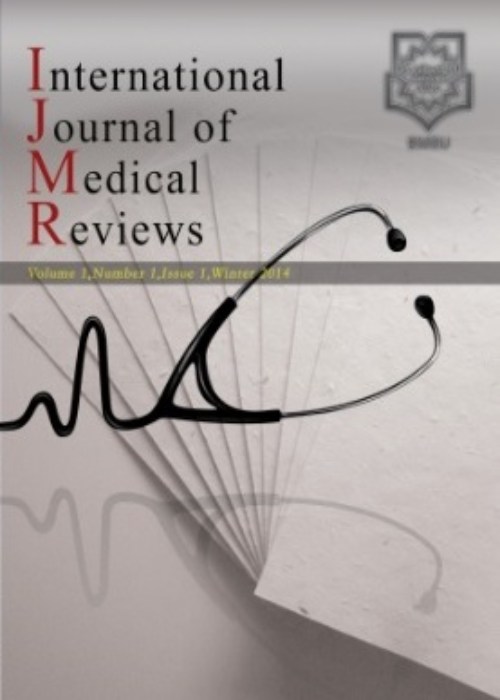Genetic Analysis and Genealogy of Ancient Bone Samples
Author(s):
Abstract:
The analysis of ancient DNA (aDNA) can inspire both the public and the scientific community. Knowing about ancient human genomes and comparing them with those of modern humans can give us a new perspective on evolution and the migration of humans over time. aDNA is DNA isolated from ancient specimens. It can also be loosely described as any DNA recovered from biological samples that have not been preserved specifically for later DNA analysis. Examples include DNA recovered from archaeological and historical skeletal material, mummified tissues, archival collections of non-frozen medical specimens, preserved plant remains, ice and permafrost cores, Holocene plankton in marine and lake sediments, and so on. Due to considerable anthropological, archaeological, and public interest, human remains receive ample attention from the DNA community. Genetic genealogy is the use of DNA testing in combination with traditional genealogical methods to infer relationships between individuals and to find ancestors. Genetic genealogy involves the use of genealogical DNA testing to determine the level and type of genetic relationship between individuals. DNA markers such as autosomal single nucleotide polymorphisms (SNPs), Y SNPs, and mitochondrial DNA (mtDNA) SNPs are used. By analyzing the sequence of mtDNA and the Y-chromosome, the path of human migration throughout history and the common ancestor of humans can be identified. mtDNA analysis is a field of research in genetics and molecular archaeology that is efficient in less than ideal conditions, such as with biologically degraded materials. The mtDNA molecule not only has a high copy number, but it can also be extracted from very decayed biological specimens. Its D-loop region is polymorphic, consisting of two hypervariable regions (HVI and HVII) with a large variety in different human populations. The analysis of such mtDNA regions using ancient excavated human bones will determine the genetic composition of human mtDNA known as haplogroups and can be used to identify ancient ethnic groups, trace descendants of ancestors, and follow man’s migration trails.
Keywords:
Ancient DNA , Genealogy , DNA Markers , mtDNA , SNPs , Y Chromosome
Language:
English
Published:
International Journal of Medical Reviews, Volume:5 Issue: 3, Summer 2018
Pages:
130 to 134
https://magiran.com/p1938251
دانلود و مطالعه متن این مقاله با یکی از روشهای زیر امکان پذیر است:
اشتراک شخصی
با عضویت و پرداخت آنلاین حق اشتراک یکساله به مبلغ 1,390,000ريال میتوانید 70 عنوان مطلب دانلود کنید!
اشتراک سازمانی
به کتابخانه دانشگاه یا محل کار خود پیشنهاد کنید تا اشتراک سازمانی این پایگاه را برای دسترسی نامحدود همه کاربران به متن مطالب تهیه نمایند!
توجه!
- حق عضویت دریافتی صرف حمایت از نشریات عضو و نگهداری، تکمیل و توسعه مگیران میشود.
- پرداخت حق اشتراک و دانلود مقالات اجازه بازنشر آن در سایر رسانههای چاپی و دیجیتال را به کاربر نمیدهد.
In order to view content subscription is required
Personal subscription
Subscribe magiran.com for 70 € euros via PayPal and download 70 articles during a year.
Organization subscription
Please contact us to subscribe your university or library for unlimited access!


